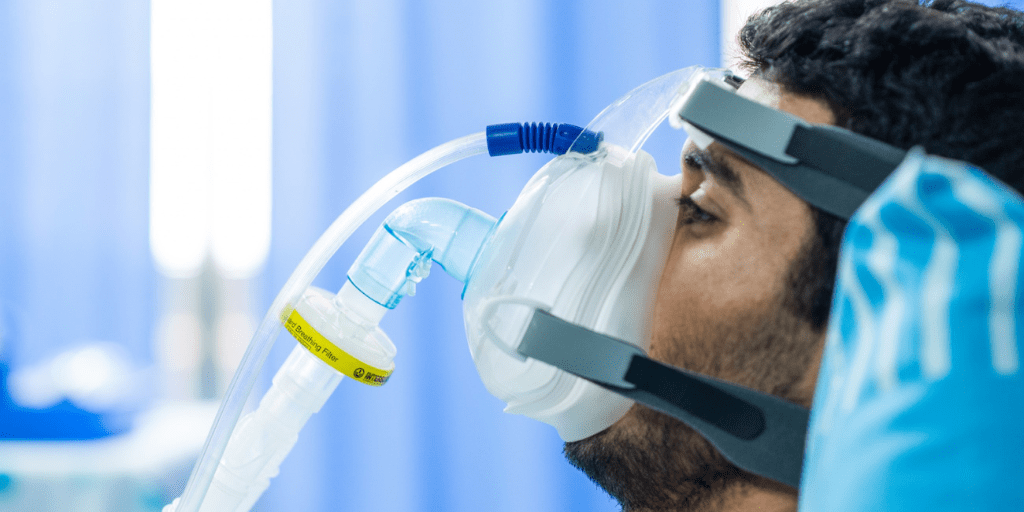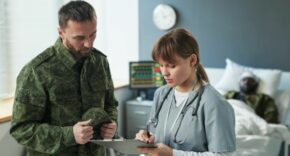
Technology like artificial intelligence (AI), remote monitoring and data collection have become major driving forces among MedTech companies, with pioneering medical devices helping to diagnose, cure and prevent diseases from occurring in the first place. Outsourcing allows medical device companies to increase capacity, focus on growth and fill any knowledge gaps. Freelance experts can support throughout the process of bringing a device to market by, for example, performing literature searches, applying for grants and helping with regulatory writing. Here, Dr Nicholas Miceli, freelance epidemiology consultant at open talent platform Kolabtree, shares one of his projects.
Advances in technology have played a major role in easing some of the pressure from healthcare facilities. MedTech companies were able to scale-up their manufacturing by harnessing these technologies and producing critical devices to respond to patient demand, including ventilators, blood glucose meters and implantable pacemakers.
Medical devices are known to have long lifespans of a minimum of seven years to improve patient experience. However, the emergence of digital healthcare has put a premium on speed and innovation in product development. The market is evolving rapidly to offer improved options for both patients and healthcare workers, meaning firms might need to invest in new products long before the quoted lifespan ends.
Digital healthcare has shifted the market and created more demand for ‘connected care’. This is putting pressure on medical device companies to become agile, rapidly address customer demand and stay up to date with the accelerating pace of the evolving technology dominating the industry.
One of the more notable projects I worked on was for Inspir Labs. The business was creating a solution to address the risks caused by aerosol hazards and hired me to support with research during its development of the world’s first aerosol-safe non-invasive ventilation (NIV) mask. The pandemic exacerbated the risk caused by aerosol hazards, and developing NIV technology that takes into consideration both the patient and medical staff was the obvious solution.
Minimizing aerosol penetration
Based in Herzliya, Israel, Inspir Labs is a medical device company that aims to create safer environments for both patients and medical staff. The company’s mission is turning healthcare facilities such as hospitals, clinics and medical centres into completely safe spaces for caregivers, doctors and patients.
Aerosol-generating procedures (AGPs) create large amounts of small droplets that remain buoyant in the air, carrying a severe risk of infection for patients and healthcare workers. Unlike respiratory droplets, aerosols are small enough to penetrate or circumnavigate most surgical masks. At the start of the pandemic, this risk meant that many hospitals refrained from administering NIV for fear of infection, leading to more intubations as a result.
In 2021, the company was developing LUMENA, the world’s first aerosol-minimizing ventilation mask to protect medical staff from catching viruses. Inspir Labs wanted to design an NIV mask that uses a pressure gradient to prevent aerosol emissions from being released into the environment.
Inspir Labs needed to hire a freelance epidemiology expert that could analyze and compare the infection risks of common viruses in both non-vented and medium-vented hospital wards to see how effective the mask would be. The chief technology officer (CTO) of Inspir Labs, Nadav Nahmias, needed a detailed analytical report, complete with charts, graphs and dashboards, on the potential infection risks of various common viruses and how they compared to each other. He could then present this when seeking regulatory approval and showcasing the product to physicians.
Inspir Labs needed the insights presented as three different sets of particle concentration data. This data had been collected during ventilation for me to put together into a report. Nadav and his team also needed a graphical description, along with descriptive statistics detailing the analysis.
Evaluating infection risk
Within 24 hours of posting its requirements, Inspir Labs received five different proposals from epidemiology and public health experts located all over the world, in Kenya, South Africa, USA and elsewhere. After detailed discussions about my experience in public health, HRM and epidemiology, Inspir Labs recruited me.
Nadav, himself, commented that: “we saw how the pandemic exacerbated the risk caused by aerosol hazards — developing NIV technology that takes into consideration not only the patient, but also the medical staff was the obvious solution. During product development, we needed to compare the infection risk for various common viruses in both non-vented and medium-vented hospital wards to see how effective our mask would be.”
I was previously an associate professor of human resource management and healthcare management at Park University in Missouri, a researcher at the Ohio Department of Health and had also taught statistics and finite mathematics. I have over 25 years of quantitative research experience, so I felt I was well-placed to assist on this project.
Inspir Labs also requested that I sign an NDA to ensure increased project privacy and confidentiality. I initially carried out a statistical analysis comparing the infection risk for those wearing the new mask against competitive products. I also brought in a colleague to perform some replication and mathematical modelling. He was happy to perform the analysis and set up a very detailed spreadsheet for the client.
Inspir Labs then used this analysis to better understand the implications of different silicone and polycarbonate types, mask-face dynamics, and other factors. After two weeks, the final results helped Inspir Labs evaluate and compare the infection risks, validating its plan to move forward with microbiological and clinical trials.
Overall, the work itself was intrinsically interesting and I learned a lot about a methodology, which I was not so familiar with. Using Kolabtree to find projects like this is a win-win result for everyone. The interface is easy to work with, and clients frequently approach me in addition to my bidding on available projects. Projects fit into my schedule easily, and I can help businesses by providing the expertise they need.











